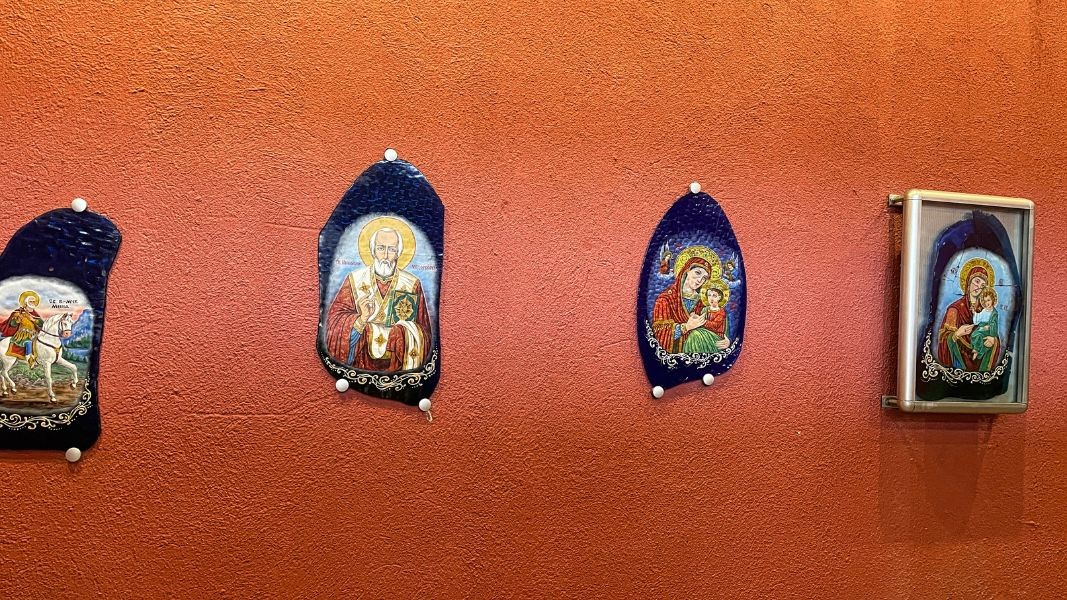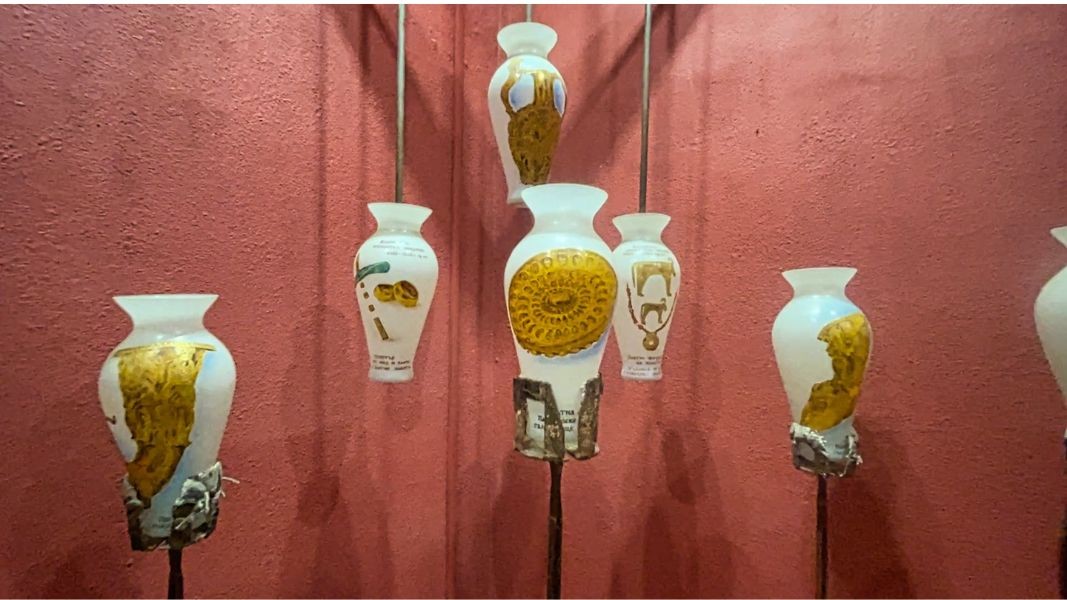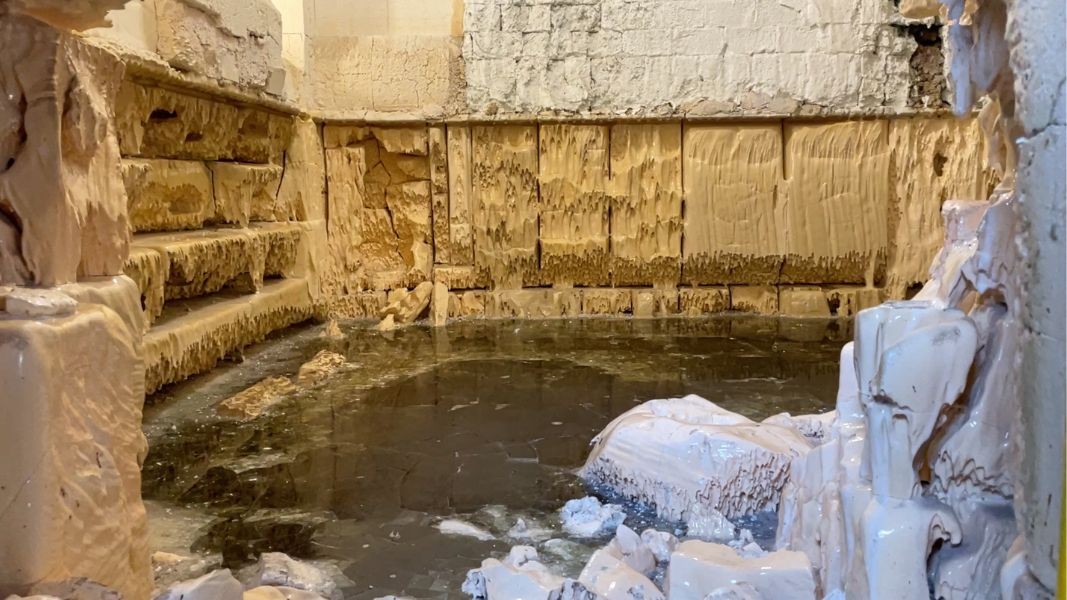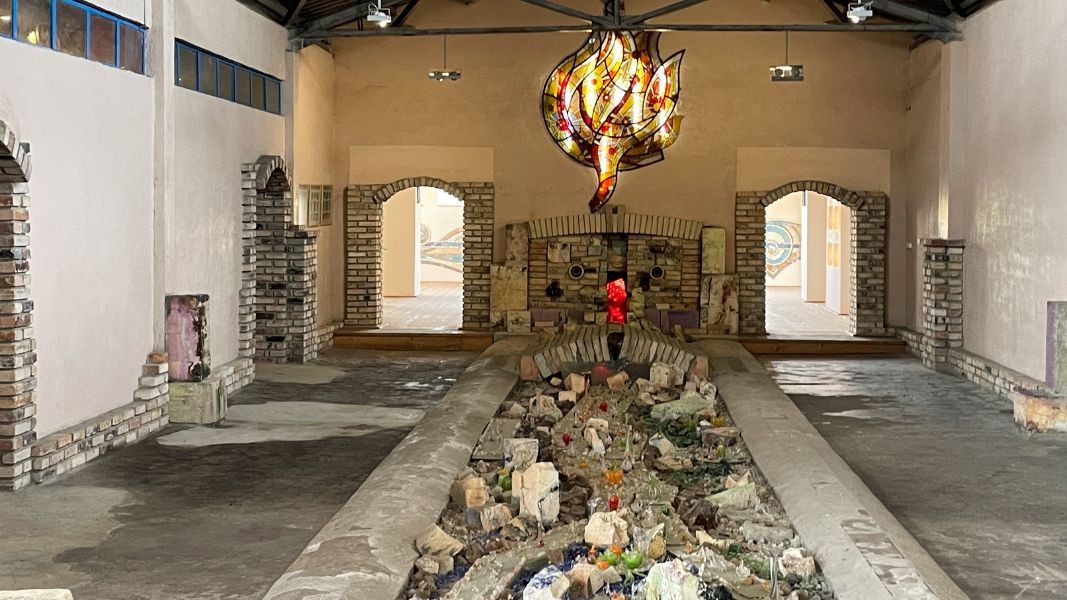The only Museum of Glass in Bulgaria is in Beloslav, a small town on one of the arms of Varna Lake. It was here, in 1893, that the Mushalan brothers laid the foundations of glass-making in Bulgaria, as they founded the first glass factory – which has been keeping the tradition alive to this day. Exquisite decorative figurines and items are made here, and the demonstrations – from glass-blowing to a modem photovoltaic system – make of the process pure art. The exhibits in the factory’s exhibition halls reveal the intricacies in the production of Beloslav glass.
We talk to the owner of the factory and its Museum of Glass Danko Kalchev about one of the most popular tourist attractions in the region:
“We decided that, once the parent factory had been torn down, to create a public collection here so that people will be able to see what has been created these past 132 years, to show, most of all children, how glass is made using sunlight. In summer, with the help of our photovoltaic system and batteries, we work with waste glass to make unique figures.”
The factory in Beloslav used to export glassware to markets around the world. In 1997 the factory was privatized. At the museum visitors can marvel at an impressive collection of works created in the factory – since it was founded to this day:
“Interestingly, we have here headlights glass for Lada cars,” Danko Kalchev says. “And also the windows for the Perla 5 washing machine (once manufactured in Bulgaria – editorial note). We have the two-colour engraved crystals or the famed automatically manufactured glasses for the Balkantourist chain in Bulgaria.”
Live demonstrations of how the figurines are made are offered by local craftsmen – a veritable show audiences just love. You can put on a protective helmet and enter what is known as the “glass cave” – the glass furnace where glass was made out of quartz and sand, and then take a look at the stunning “river of glass” where the glass flowed. The children can try their hand at decorating a phial which they can then take home with them as a keepsake.
The history of glass-making in the Bulgarian lands is an interesting study. The local population is thought to have been familiar with glass since antiquity when Egyptian ships reached the shores of the Black Sea, bringing glassware on board. But industrial glass production in the country began in Beloslav in the late 19th century, says Danko Kalchev and goes on:
“During the first 20-30 years the workers here were mostly foreigners, coming from glassworks abroad. They brought the trade to Bulgaria, and by 1920-1925 Bulgarians were starting to work alongside the foreign master glassmakers. Before that there had been some half-hearted attempts at making mostly glass vials, but the real history of Bulgarian glass-making started right here, in Beloslav,” says Danko Kalchev. 
The Museum of Glass is located right next to another tourist attraction - the last Bulgarian submarine Slava, now also a museum. There are other interesting sights in the area as well, like the Stone Forest and the unique Mosaics Museum in Devnya, some 12 kms. away.
More:
Translated and posted by Milena Daynova
Photos: Veneta Nikolova
Ribnovo, the magnetic Rhodope village, which until a decade ago lived in its own encapsulated world far from globalization, now warmly welcomes tourists. Its residents are Bulgarian-Muslims and are distinguished by their preserved way of life, colorful..
Where will the new year take us? The New York Times helps us start our travels with suggestions from its annual list of the 52 best places to visit in 2025 . Among them, Bulgaria stands out as an attractive destination that focuses the attention of..
A 4-5% growth in the number of foreign tourists is expected during the winter season. This forecast was made by Ivan Groshev, chairman of the Association of Incoming Agencies, in an interview with the Bulgarian National Radio...
Travelers planning a spring escape might want to consider Sofia, which has been named the top European capital for a road trip getaway this season,..

+359 2 9336 661
